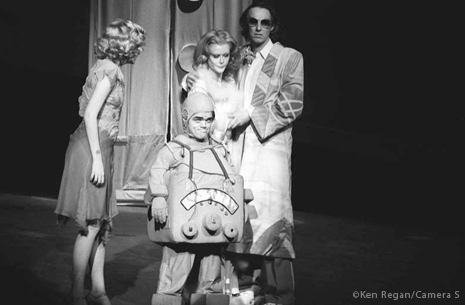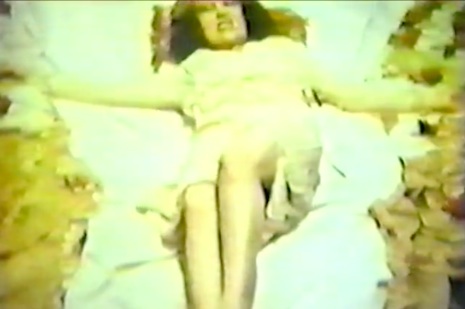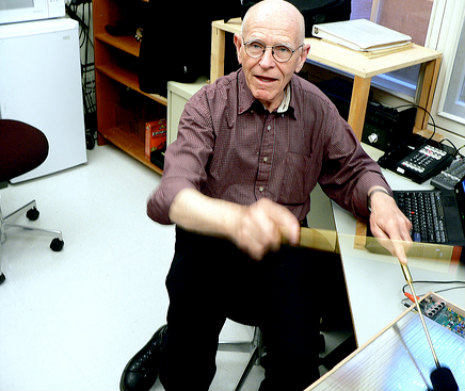
The following was written by Chris Campion and is taken from the liner notes of the CD release of Andy Warhol Presents Man on the Moon: The John Phillips Space Musical on Varese Sarabande Records.
The off-Broadway musical Man on the Moon was conceived by John Phillips and his third wife, the South African actress, Genevieve Waite, as a potential film or stage production originally entitled Space. John would spend more time trying to realize this project than anything else he worked on in his career; nearly five years all told, beginning in 1969 during the period he was recording his first solo album, John the Wolfking of L.A.
Space was born the day Neil Armstrong first set foot on the moon. Like millions of other people, John watched the 1969 moon landing on TV. He was living, at the time, on the Malibu property rented by British film director Michael Sarne, who was under contract at Fox to direct the adaptation of Gore Vidal’s novel, Myra Breckenridge, with Rex Harrison, Raquel Welch and Mae West. Sarne had commissioned John to write songs for the film.

The Apollo 11 moon landing became an obsession. John would watch a recording of the TV transmission made on an early video tape machine over and over. The idea of exploring this new frontier - and particularly Neil Armstrong’s scripted aside as he stepped onto the lunar surface that it was, “One small step for man, one giant leap for mankind” - fired John’s imagination, and he began to piece together ideas for a mythical space opera set to music. “He loved myths,” says Genevieve, who was first introduced to John by Sarne that summer. “He liked Homer - The Iliad and The Odyssey.”

John first began performing a small song cycle he had written about “space exploration” as early as the fall of 1970, as part of the short tour he undertook to promote Wolf King. Over the next two years, he and Genevieve formulated ideas for the story, and created a theatrical treatment (later adapted as a screenplay). Seeking a backer, they pitched it to Michael Butler, producer of the stage musical Hair. He provided seed money to realize a book and a score for Space, and brought a young director called Michael Bennett on board.
For several months, the Italianate mansion at 414 St. Pierre road in Bel Air that John and Genevieve were renting became a hive of Space-related activity. Among their collaborators was British costumier Marsia Trinder, who had designed clothes for Elvis Presley and Raquel Welch. “It was a very creative period for about two or three months,” says Trinder, who moved into another wing of the mansion with her then boyfriend to work on costumes for the production. “John was the key person organizing it all and coming up with ideas. But everybody was feeding into it. John felt that with all the secrets in the world, there wouldn’t be wars if people didn’t have secrets. And then they kind of figured out the plot.”
The initial story for Space gradually took shape: When a humanoid bomb left on the moon by the Apollo space mission threatens to blow itself up and destroy the universe, an astronaut on Earth is tasked with leading a delegation of interplanetary dignitaries to travel there and defuse it. Humanity is forced to curb its destructive impulses for the universal good.
The role of the astronaut was originally written for Elvis, whom John and Genevieve had befriended in 1971, while living in Palm Springs shortly after the birth of their son Tamerlane. “John was trying to sell him songs,” says Waite. “They would sit around and John would sing him different songs.” At one point, Ricky Nelson was also approached for the part.
Read more about the ill-fated musical (with a second exclusive video clip) after the jump…















